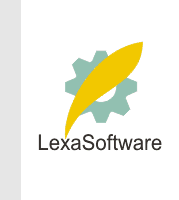
| ||||||||||||||||
 |
| |
| áòèé÷ :: Filmscanners |
|
[Date Prev][Date Next][Thread Prev][Thread Next][Date Index][Thread Index] Re: filmscanners: VueScan and white pixel clipping SS4000
I don't know what OTT means either. Maybe, "over the top?" As for 12-bit scans from the SS4000 that get treated as 16-bit: it's because the folks who invented the TIF file formats only invented two of them. A 24-bit TIF format (for 8-bit per each RGB channel) and a 48-bit TIF format (for up to 16 bits per each RGB channel). The SS4000 gives you 12 bits per channel, so it would be ideal if there were a 36-bit TIF format for storing your image. But there isn't. You must use either a 24-bit or 48-bit format. If you use the 24-bit format, then you must tell your scanner software how you want it to do the scan and it will throw away the least import bits of information, per your instructions, such that the scanned image gets reduced to 8-bits per channel and will fit into a 24-bit TIF file. That method works very well if you set up the scan correctly. But some people like to do a "raw" scan that contains all 12 bits per channel because they want to use Photoshop (or some other software), rather than the scanner software, to decide which bits to throw away when they create the final 8-bit per channel image. For those people, they have no choice but to put the image (36 total bits from a SS4000) into a 48-bit file. Some extra null bits get added to "pad" the 36 bits of information so they don't rattle around too much inside the 48-bit file, but that does no harm. They'll be ignored with what ever software looks inside the 48-bit file. The only down side is that a 48-bit file takes a bit (no pun intended) more storage space than would a 36-bit file. In a message dated 7/8/2001 7:12:11 PM Pacific Daylight Time, snsok@swbell.net writes: What's OTT?
|